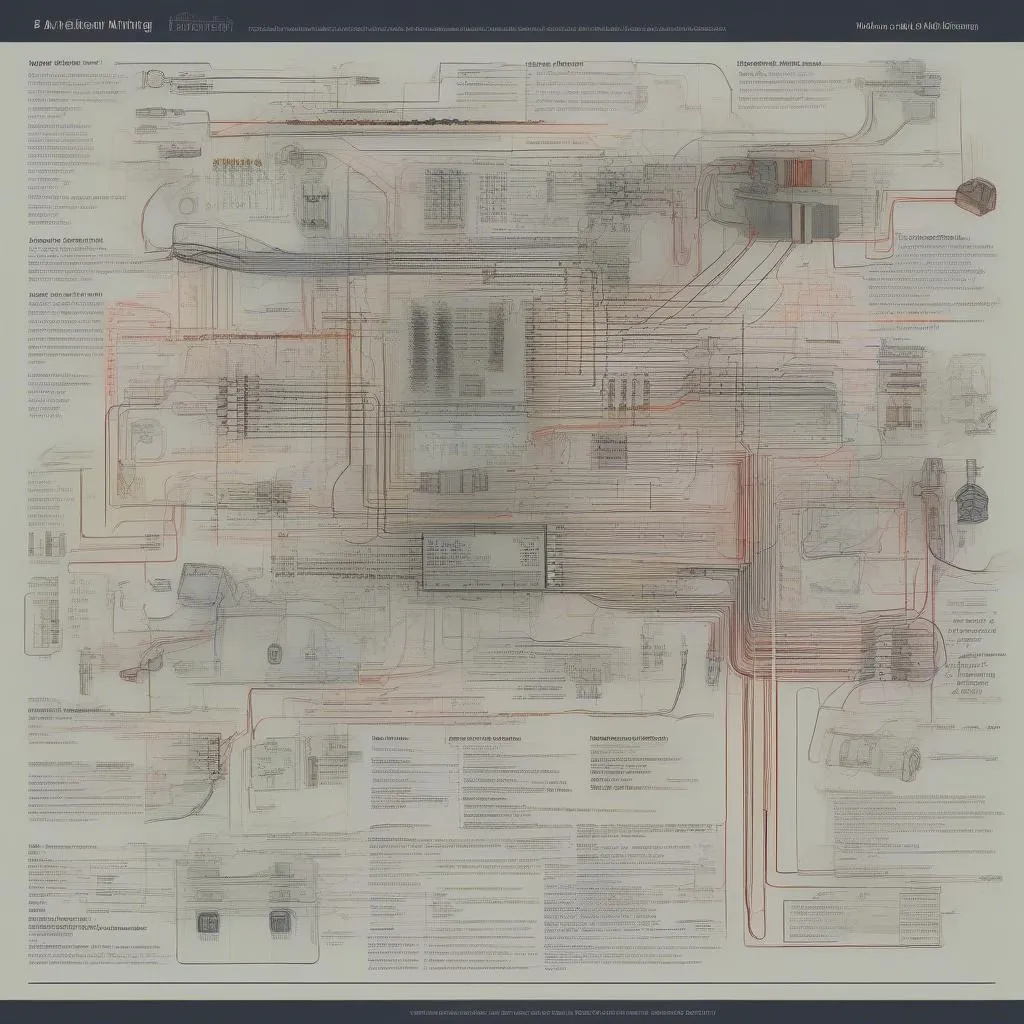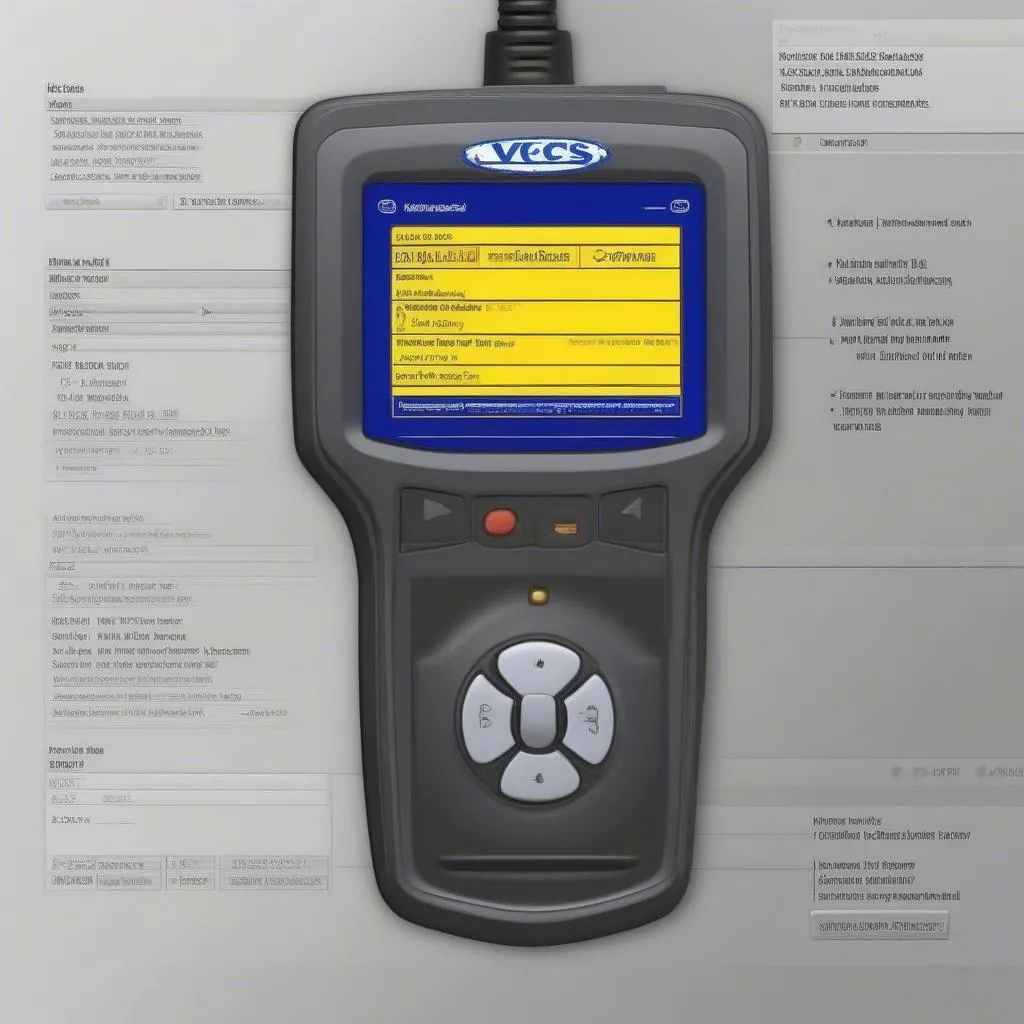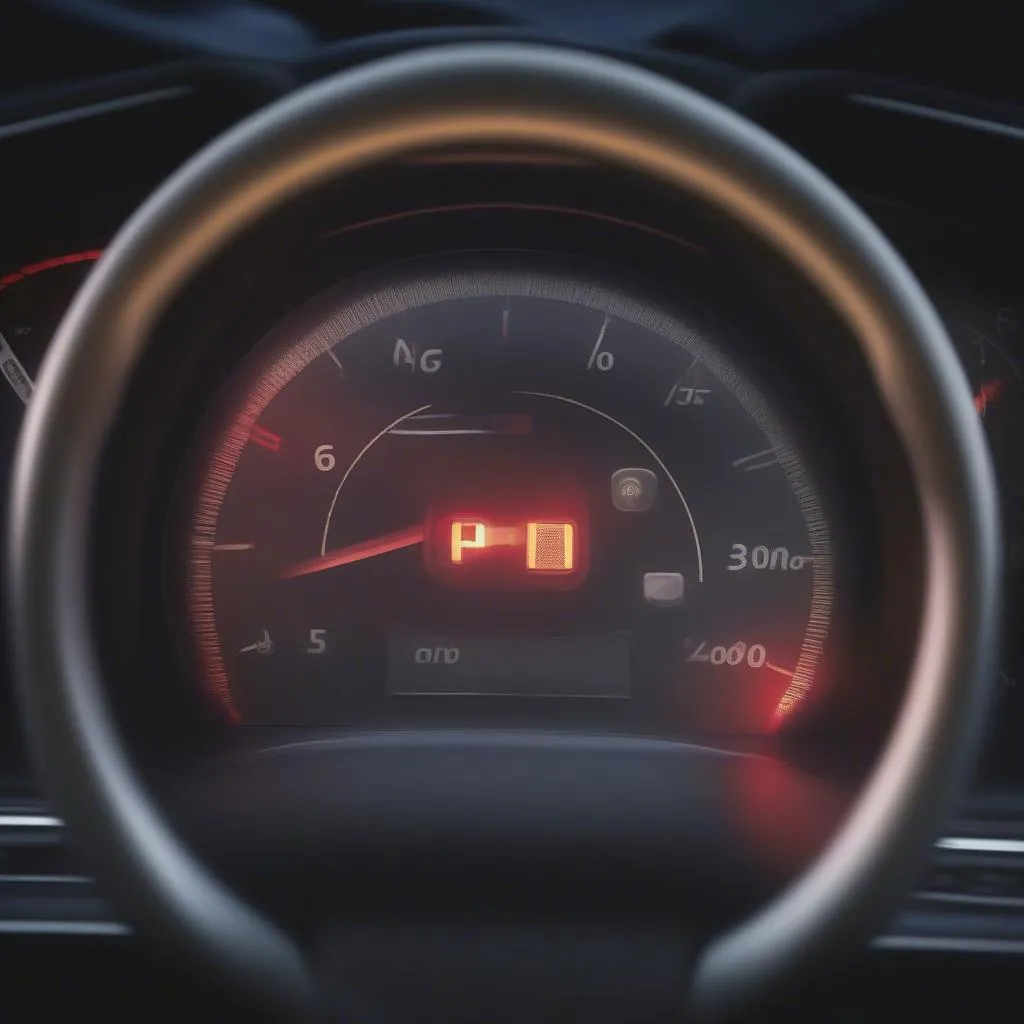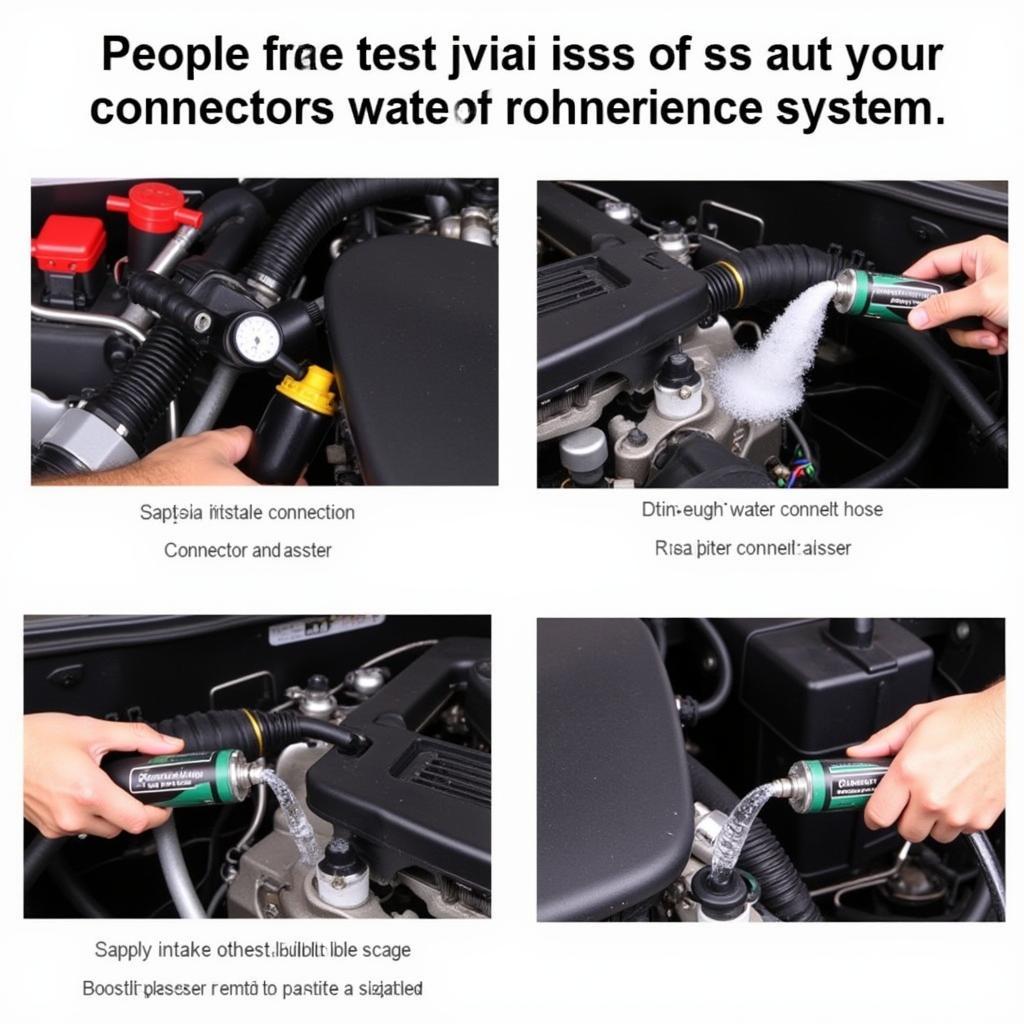A “short to ground” error, often encountered while using a VCDS (Vag-Com Diagnostic System), indicates a problem within your vehicle’s electrical system. This guide delves into the intricacies of this error, providing a comprehensive understanding for automotive enthusiasts and professionals alike.
What Does “VCDS Short to Ground” Mean?
In simple terms, a “short to ground” occurs when a live wire in your car’s electrical system makes unintended contact with the vehicle’s chassis (ground). This typically happens due to damaged insulation on the wire, a faulty component, or even corrosion.
Imagine water flowing through a pipe. A short to ground is akin to a leak in that pipe, causing the water (electricity) to flow in an undesired direction. This can lead to various electrical malfunctions, ranging from minor inconveniences like non-functional lights to more serious issues such as engine starting problems.
 Car Electrical Wiring Diagram
Car Electrical Wiring Diagram
Common Causes of “VCDS Short to Ground” Errors
Several factors can contribute to a short to ground error:
1. Wiring Issues: Worn-out insulation, rodent damage, or improper installation can expose the wire’s conductor, increasing the likelihood of a short.
2. Faulty Components: Malfunctioning electrical components like sensors, actuators, or control modules can create a path for electricity to flow directly to the ground.
3. Water Damage: Moisture intrusion in connectors, wiring harnesses, or components can lead to corrosion and subsequent short circuits.
4. Mechanical Damage: Physical impact or stress on wiring harnesses, connectors, or components can cause insulation damage or breaks, leading to shorts.
Diagnosing a “VCDS Short to Ground” Error
The VCDS system proves invaluable in diagnosing short to ground errors. By connecting the VCDS to your vehicle’s OBD-II port, you can read fault codes, analyze live data, and perform output tests.
“When dealing with a suspected short to ground, scrutinizing the fault codes is paramount,” explains Mark Williams, an automotive electrical engineer with over 20 years of experience. “These codes provide valuable clues about the affected circuits, narrowing down the potential problem areas.”
 VCDS Diagnostic Tool
VCDS Diagnostic Tool
Resolving a “VCDS Short to Ground” Error
Once diagnosed, addressing the underlying cause of the short to ground is crucial. Here are some common solutions:
1. Repair or Replace Wiring: Damaged wires require repair or replacement.
2. Replace Faulty Components: Identify and replace the problematic component causing the short circuit.
3. Address Water Damage: Thoroughly dry the affected area and repair any corrosion damage.
4. Secure Loose Connections: Ensure all connections in the affected circuit are secure and free from corrosion.
Important Considerations
-
Safety First: Working with automotive electrical systems requires caution. Disconnect the battery’s negative terminal before working on any electrical components.
-
Professional Assistance: For complex electrical issues, seeking assistance from a qualified automotive electrician is recommended.
Frequently Asked Questions
Q: Can a short to ground drain my car battery?
A: Yes, a short to ground can create a constant draw on your battery, even when the vehicle is off, potentially leading to a dead battery.
Q: Can I drive my car with a short to ground error?
A: It’s not advisable to drive with a short to ground error. The severity of the issue can vary, and continuing to drive could exacerbate the problem or lead to further damage.
Need More Help?
If you’re experiencing a “VCDS short to ground” error and need further assistance, contact the experts at CARDIAGTECH. We offer a range of diagnostic tools and resources to help you get back on the road quickly and safely.


